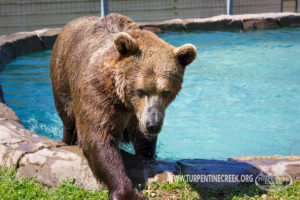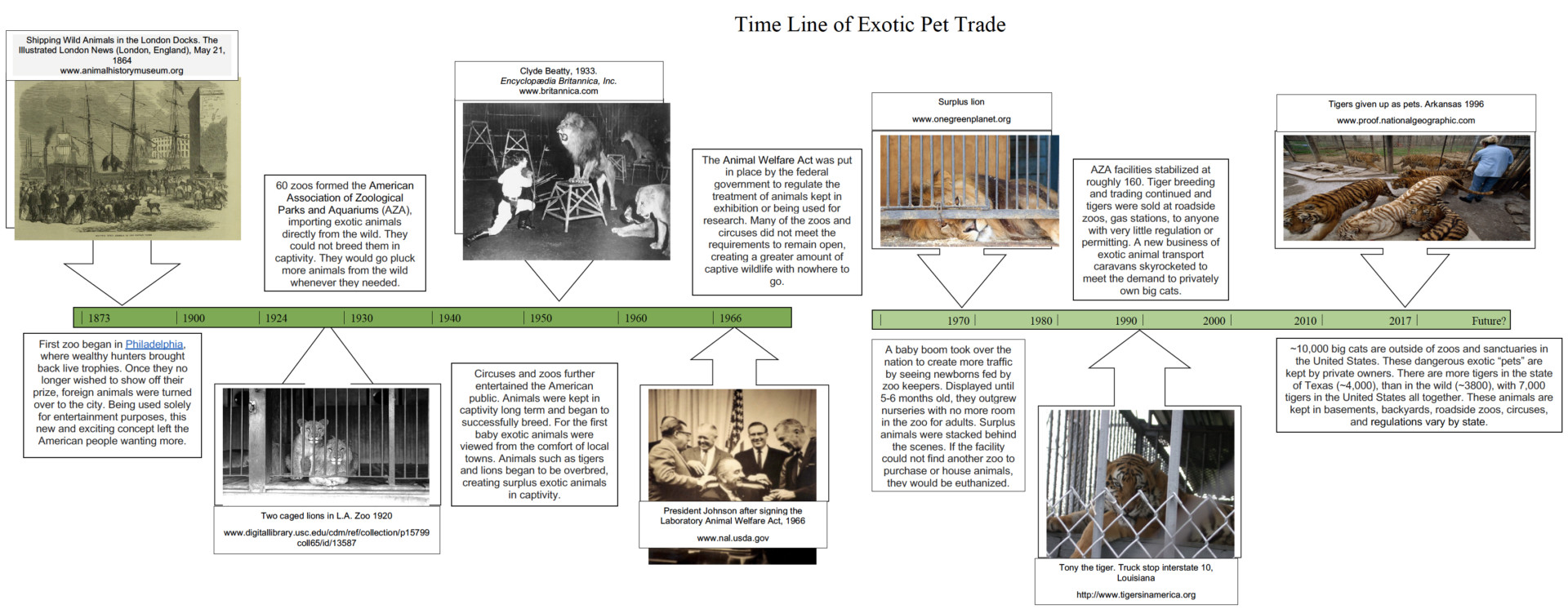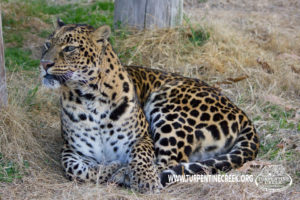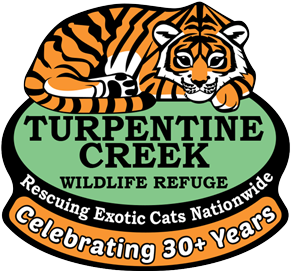How did the Crisis Begin
June 29, 2018
 What does an African lion look like in its natural habitat? Images of a pride surrounded by tall grass appear, the hot sun beaming down across the savannah, the lions happy and healthy with plenty of antelope and zebra to feast upon. The realization that there are lions in the middle of the United States, thousands of miles and an ocean away from home, living in a cramped horse trailer, is completely appalling. In fact, there are 10,000 big cats that are born and bred to be owned privately as pets or used for entertainment. These majestic creatures will never know what it is like to live a life roaming the savannah, wild and free from human exploitation.
What does an African lion look like in its natural habitat? Images of a pride surrounded by tall grass appear, the hot sun beaming down across the savannah, the lions happy and healthy with plenty of antelope and zebra to feast upon. The realization that there are lions in the middle of the United States, thousands of miles and an ocean away from home, living in a cramped horse trailer, is completely appalling. In fact, there are 10,000 big cats that are born and bred to be owned privately as pets or used for entertainment. These majestic creatures will never know what it is like to live a life roaming the savannah, wild and free from human exploitation.
For generations, humans have been capturing wild animals and bringing them back to America for personal gain and shock value. This practice is not new, but the lack of regulations federally has caused an explosion of dangerous exotic animals in the wrong hands today. By taking a look at the history behind the exotic pet trade, we can create a better understanding of how all of these exotic animals ended up in basements and backyards and how we can work to stop it.

2017: There are more tigers held in private hands in the US (~7,000), than in the wild (~3,200). The tigers in the U.S are not helping with conservation since they can never be released into the wild. Lauren Slater from National Geographic states that “it is believed the more exotic animals live in American homes then are taken cared for in American zoos”. It is quite easy to get your hands on a big cat, where you can purchase one for $200. (Less than what it costs for a purebred dog!) They are purchased from backyard breeders, gas stations, wildlife auctions, and easily found on the internet.
Cubs are sold to owners who have no idea what it takes to care proper care of a dangerous exotic cat. Once they start to grow, use their teeth and claws and act like the wild animal they are, many owners are unable to provide adequate care for their large carnivores. These animals end up malnourished, abandoned, abused, and in need of rescuing. That is where places like Turpentine Creek Wildlife Refuge step in to rescue and care for the animals that are no longer wanted an provide them with a forever home.
The exotic pet trade is a lucrative multi-billion-dollar industry, only 3rd to drug and weapon trafficking in the U.S. Laws vary state by state, as of now there are no federal laws that are regulating private ownership. If you live in Alabama, Nevada, North Carolina, or Wisconsin, there are no regulations or permits needed to own dangerous animals in these states. Curious what the regulations are in your state? Click here.
 How you can help the future of these animals: You can make a difference.
How you can help the future of these animals: You can make a difference.
- Never purchase an exotic pet
- Roar for the animals! Be their voice and share what you’ve learned
- Do not support roadside zoos, circuses, and cub petting facilities
- Support TRUE sanctuaries. Visit Turpentine Creek Wildlife Refuge
- Contact your local representative and support H.R. 1818
Take Action Now! H.R. 1818 or The Big Cat Public Safety Act will help stop private ownership of dangerous exotic big cats. This federal law prohibits unregulated buying, selling, breeding and handling of big cats. Facilities such as zoos and sanctuaries with proper USDA licensing will be the only facilities allowed to have big cats, and future private ownership will be prohibited. Click here to find your local representative and encourage them to support H.R. 1818 today!
